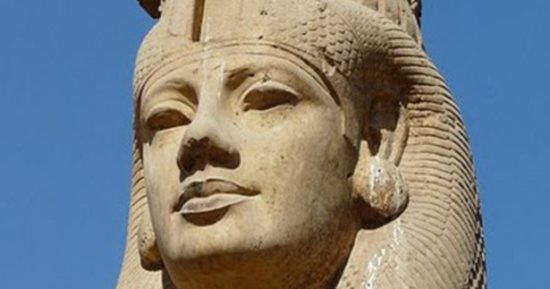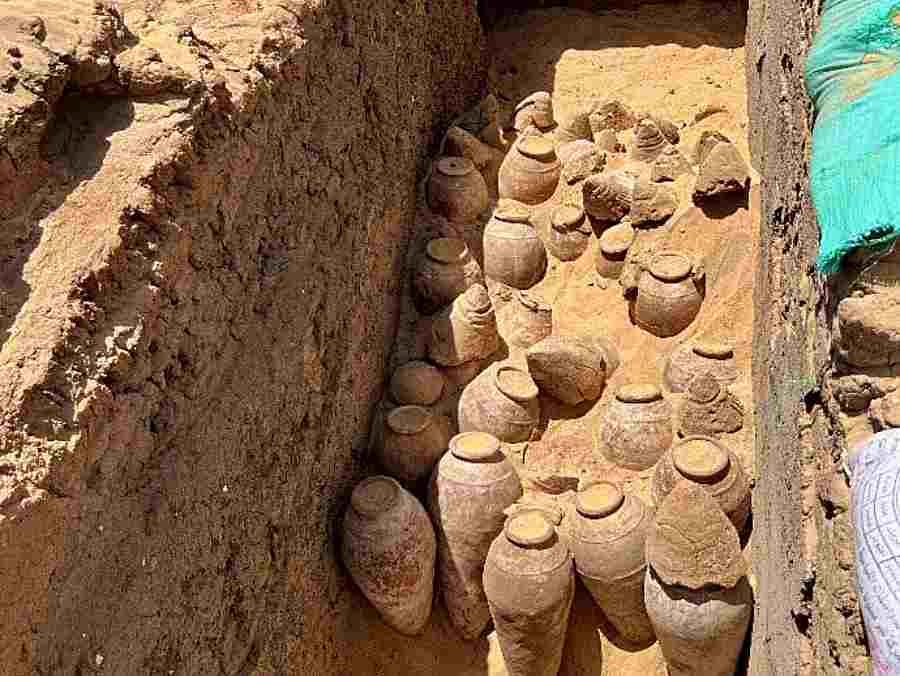Tue 03 October 2023:
In a remarkable archaeological discovery, the Umm al-Qa’ab region in Abydos has yielded an astonishing discovery. The collaborative efforts of an Egyptian-German-Austrian archaeological mission, tirelessly working within the tomb of Queen “Meritneith” of 1st Dynasty, have unveiled great finds of historical significance.
Hundreds of hermetically sealed jars, shrouded in mystery for centuries, were brought to light for the first time. Within these ancient vessels, a tantalizing secret emerged – remnants of wine dating back approximately 5000 years, a testament to the enduring legacy of this civilization.
Dr. Mustafa Waziry, Secretary-General of the Supreme Council of Antiquities, emphasized the magnitude of this find. These sizable, well-preserved jars offer a unique glimpse into the past, providing a window into the culinary and cultural practices of a bygone era.
But the significance of this excavation extends beyond the contents of these jars. Dr. Dietrich Raue, Director of the German Institute in Cairo, underscored that this mission has unlocked new facets of Queen Meritneith’s life and reign.
The study of inscriptions on a tablet within the tomb alludes to her pivotal role, overseeing central government offices. As the excavation continues, it promises to unveil further revelations, illuminating the enigmatic history and identity of this illustrious queen.
Dr. Christiana Kohler, the head of the mission, added yet another layer to this compelling narrative. The meticulous examination of the tomb’s construction materials reveals the craftsmanship of the time – mudbrick, clay, and wooden planks carefully assembled.
The recently discovered wine jars were found at the tomb of Queen Merneith, a mysterious figure who was likely a woman of great significance from ancient Egypt’s First Dynasty.
Very few details about her life are available. Some scholars consider Merneith to be the first female pharaoh of Egypt, although it is unclear whether or not she reigned alone for a period of time. Her rule may have begun around 2950 B.C.—but the nature of her role remains a mystery.

Researchers have also uncovered more than 40 graves built for her servants and courtiers next to her tomb, which appear to have been constructed in phases over a long period of time. The evidence to date suggests that Merneith was the only female First Dynasty royal to have her own tomb at the necropolis.
The excavations have unveiled new historical information about the life and reign of the queen, Dietrich Raue, director of the GAI, said in the statement.
A study of the inscriptions on one of the plaques found inside the tomb has shown that Merneith held a “great position” given that she was in charge of central government offices. This lends support to the hypothesis that she held a historically significant role.










